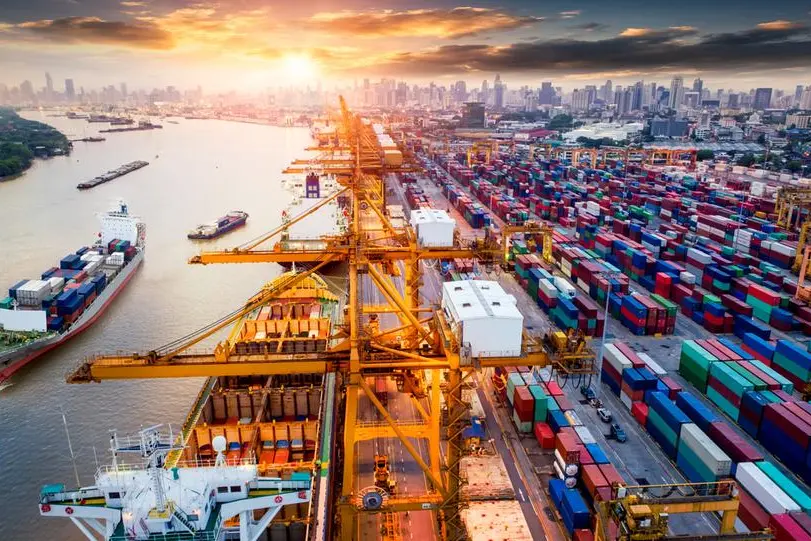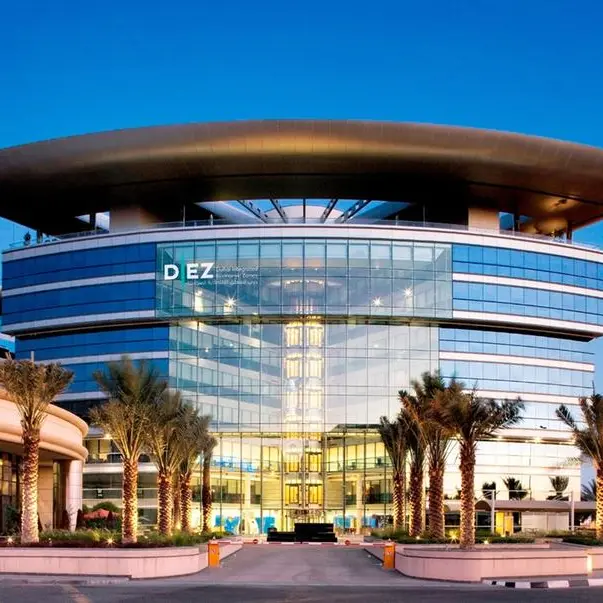PHOTO
The number of container ships passing through the Red Sea and the Suez Canal fell again in February compared to January, according to a new report.
"At present, around 40 container ships still sail through the Red Sea every day, compared to an average of well over 100 ships last year. The current number of ships is close to the low point of mid-January, having recovered to around 50 ships in the meantime. This means that the slump in shipping traffic in the Red Sea since the beginning of the attacks by the Houthi rebels has not yet been halted," Kiel Trade Indicator said.
At the same time, the number of ships around the Cape of Good Hope off Africa tripled, while both freight rates to Europe and the volume of goods arriving in the North Sea are stabilizing, the report noted.
In 2023, approximately 22% of global seaborne container trade passed through the canal, carrying goods including natural gas, oil, cars, raw materials and many manufactured products and industry components to and from the Indian Ocean, the Mediterranean Sea and the Atlantic Ocean, according to the UNCTAD.
According to the IMF, in the first two months of 2024, Suez Canal trade dropped by 50% from a year earlier as attacks on vessels in the Red Sea area reduced traffic through the Canal, the shortest maritime route between Asia and Europe.
Meanwhile, on the other side of the world, the Panama Canal, a critical artery linking the Atlantic and Pacific oceans, has seen a severe drought which has forced authorities to impose restrictions on shipping.
(Writing by Brinda Darasha; editing by Seban Scaria)
brinda.darasha@lseg.com





















